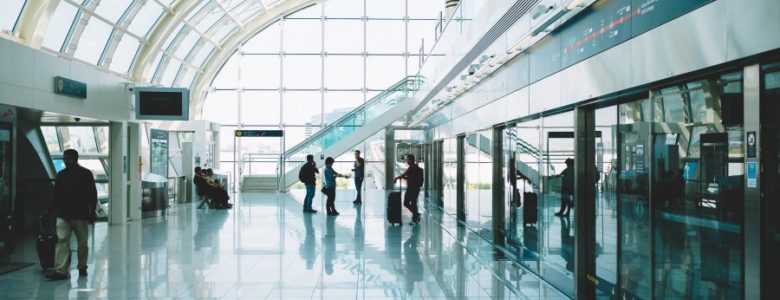27 June 2018
A common trend in the travel world that makes passengers as anxious as the security lines is a practice that airlines use called “dynamic pricing.” What exactly is dynamic pricing? Maria Regester, Vice President of Business Development at RightRez, Inc., states that this is a concept of automatically making modifications to the price listed for the selected airfare based on how popular the demand is for the flight. The prices can change on a day-to-day basis or even mid-day, during the periods of higher demand flying increments. These time periods transpire during the popular holidays, winter and spring breaks and summer months.
While the best way to avoid hefty price increases is to avoid flying during these busy times, there are other ways to beat the system. The general public can try to tackle this concern by consistently watching the prices on airfare websites and on fare watching apps such as Hopper to see when it is the right time to buy and when prices are about to increase. Many sites even offer to send you alerts when price drops occur. However, for those in the industry, software to automate this process is often the most reliable and economical decision your company can make when addressing fares.
The developers at RightRez have created two such products to address this major industry issue, RightFare and RightReshop. Both solutions are essential tools for managing your crews or tour groups valuable time and of course, budget. RightFare finds and recovers lower private fares on the same itinerary that you booked, without requiring agent intervention. The software typically yields a savings of 29% per passenger. To help keep your bookings under control, RightReshop leverages system automations to react to changing business and market conditions and optimize the fare on your existing bookings.
Airlines use supply and demand and competitive pricing to maximize their profits by utilizing technical computerized programs that predict consumer demand to set their prices. The prices can be influenced by their desire to create market share or establish a monopoly on the best route out of a particular city or even the current fuel prices. It can be frustrating as a passenger to experience a price change right before your eyes from the time you spot an inexpensive fair online leading up to the time that you are able to book the flight. Using dynamic pricing, airlines are able to manipulate a fare to reflect the high demand for that flight even before the consumer is able to physically book the flight. For example, in an article published in the Chicago Tribune, in the month of March, which is a busy month for bookings, you can see a price differential of $189 between the lowest and highest published airfare according to Adobe Analytics. Airlines are able to use dynamic pricing that reflects the data collected about consumer behaviors and buying patterns.
Finally, a point of confusion often arises for customers between pricing for business and leisure travel. The reality is that the airline technically sees no difference between the two. A better way to differentiate flight costs for customers is to call it what it actually is: contract fare vs. a published fare. Contract pricing tends to be more favorable in regards to how it reflects the market better that they are serving. The published fares are what is available without an airline contract. The other big point of difference you will find in pricing is for that which is recognized as last minute (usually a business trip) and those flights that are planned and booked (typically for leisure travel) well in advance.
<< back to news


